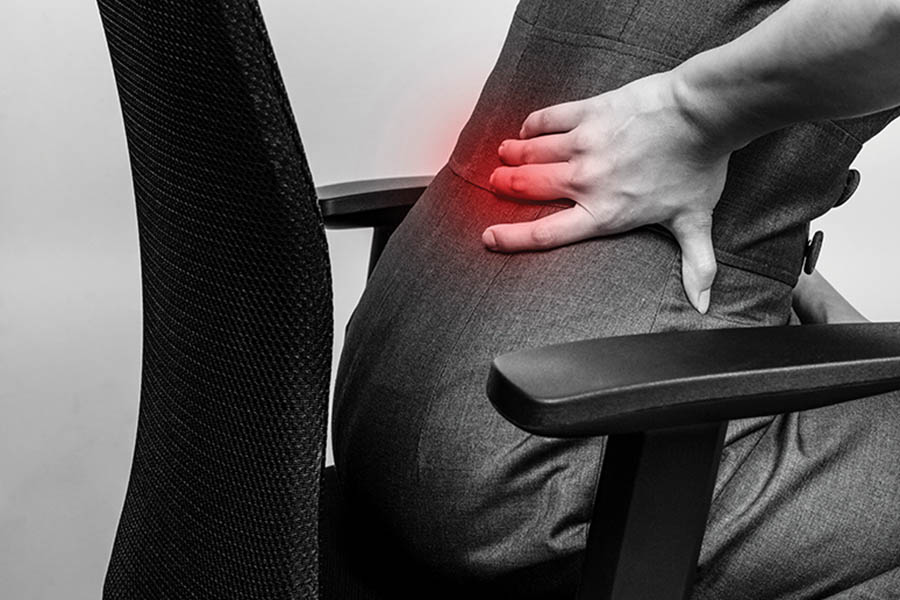
Do you spend a lot of time sitting at your desk daily? Many of us have desk jobs and there are many individuals who enjoy online surfing. We need to recognise the difference between a good sitting posture and poor sitting posture. The posture you use has a great deal of influence over the comfort you feel as well as your good health.
Now is the perfect time to try different things to learn how to sit correctly. This is especially true if you experience pain when you stand up or body aches and pains because of sitting in straining positions for a long time. You need to sit correctly in a good office chair posture. These few tips will help you avoid sitting with bad posture.
Avoid sitting on your tailbone, which is actually the bottom bone of your spine. Sitting on the tailbone for any length of time will cause pain, soreness and stiffness. Always try to sit squarely on your buttocks.
The sit bones are part of the hipbones and should bear most of the weight while you are sitting. The muscles of the buttocks cover these bones. They have the ability to sustain the weight of the body, whereas the tailbone does not. When you are sitting, always sit squarely. Never lean too far backwards or forwards as this causes strain and tension.
Look at where your shoulders are right now, as you read these words. Are they hunched forward? Chances are good that if you are working at a computer or work station that your shoulders are curled forward and in. This will cause tension in your shoulders and it will have a regular impact on the way that you look and feel.
Widen your shoulders and then pull them backwards. Although, this may feel a sit strange at first, with daily practice this posture will begin to feel normal to you. You may choose to do some exercises that will help loosen the strain of a rounded shoulder posture. Doing so will make a big difference.
Do you crane your neck? This is something that happens fairly regularly when you need to hunch over and peer at your screen. This will cause tension and strain in the back of your neck. One quick fix for this is to change the orientation of your computer screen.
For instance, if you have a flat screen computer monitor that you need to keep your chin tucked down to read, it might be time for you to put the screen up on a stand. Figure out where your correct neck posture is.
Are you rounding your lower back? As you are sitting in a hard, straight back chair with a 90-degree angle from the seat, you may be rounding your lower back. This may result in bending forward slightly to support your entire back. You need a good ergonomic chair and then ensure that the seat is slightly tilted forward.